Ingredients: Myrtus communis / Sesamum indicum / Bee wax.
Active Ingredients: Gallic acid, flavonols derivatives, flavonol, semimyrtucommuloneacids, Polyphenols, myrtucommulone (MC), semimyrtucommulone(S‐MC) cineole, α‐pinene, myrtenyl acetate, limonene, linalool, α‐rpinolene, cineole, oleic, pinene, geraniol, linalool, linoleic, palmitic, citric acids, linoleic, camphene, tannins, acids, myrtenol
Indications: Removing Rash and infection acne in oily skin
Dosage and administration: At the local of acne, Use qyruty three times a day, there is a lot of acne in the area, put a layer of cream on it before sleeping and keep it till morning
Side effects: Don't use in people with skin allergies, open wounds, and psoriasis.
Contraindications and precautions: This cream has been prepare in the dry phase because of specific therapeutic effects. If you have an unhappy feeling when you use it, you can help with some water and massage. You can wash with soap twice a day, then put your cream on acne-prone areas with a little massage, at least it stay for 3 to 4 hours then is washable. Before using it, test on the part of the skin arm, and if you had allergy don't use it.
Pharmacological effects and mechanism of action MOA: Acne is the most common chronic skin disease in the mature and adolescent years that cause noninflammatory lesions (Comedones with black or whitehead) and inflammatory ones (Papol, cyst, and noudol). The main components of the group are such as Galic acid, Flavonols, derivatives of Flavonols, and Hydroxy benzoic acids that they have used to improve wound. Studies have indicated that Myrtus communis L has an antibacterial effect against P.acnes strain. Experimental and clinical studies show that this plant has a wide range of pharmacological and therapeutic effects such as anti-oxidant, anti-cancer, anti-viral, antibacterial, anti-diabetes, anti-fungal, and protecting of nervous. Mono terpenes and cis-terpenes in this extract have anti-bacterial, anti-fungal and antiseptic, anti congestion and anti laxative properties that cause an opening rash and infected acne and prevent to create scars. (Myrtucomma-MC-A) lon-A separated from Myrtle has the same effect on the inhibition of inflammation. Also, Sesamum indicum is basic formulation oil, it has been introduced to improv wound as an oil for many years. This oil has an antibacterial effect of common skin bacteria (such as staphylococcus and skin fungi). Also, this oil has an anti-inflammatory effect. In psoriasis and dry skin disease, Sesamum indicum is very suitable. On the other hand indicated that Honey bee wax has anti-bacterial, anti-inflammatory, anti-fungal, anti- viral, antioxidant that no side effec. anti-inflammatory, antifungal, antioxidant and antiviral properties that have virtually no known side effects.
Pharmacological effect of this product from the perspective of traditional medicine: This product has significant effects on 4 main types of acne, which are Safe, Sheering (milky white Acne on the nose and face), Balkhi pimples (acute achne), Chatlanqoshi (Purulent blackheads in the crus(leg) . In the treatment of all types of pimples, clearing the body of bile sputum, soda sputum, and saline phlegm is the first step, which, according to the severity of sedimentation and the use of special laxatives should cause vomiting of rotten impurities. Then, topical and sedative medications and analgesics are used topically. In the treatment of acne, in addition to cleansing, moisturizing is a principle, so a condition with antibacterial, anti-inflammatory, antifungal, healing and astringent properties with its moisturizing, is very suitable for treatment
References: 1-PubMed/Ethnobotanical, Ethnopharmacological, and Phytochemical Studies of Myrtus communis Linn: A Popular Herb in Unani System of Medicine/2017 2-PubMed/A Myrtus communis extract enriched in myrtucummulones and ursolic acid reduces resistance of Propionibacterium acnes biofilms to antibiotics used in acne vulgaris/2015 3-PubMed/Review on phytochemistry, therapeutic and pharmacological effects of myrtus (Myrtus communis)/2014 4-PMC/Antioxidant Activity of Myrtus communis L. and Myrtus nivellei Batt. & Trab. Extracts: A Brief Review/2018

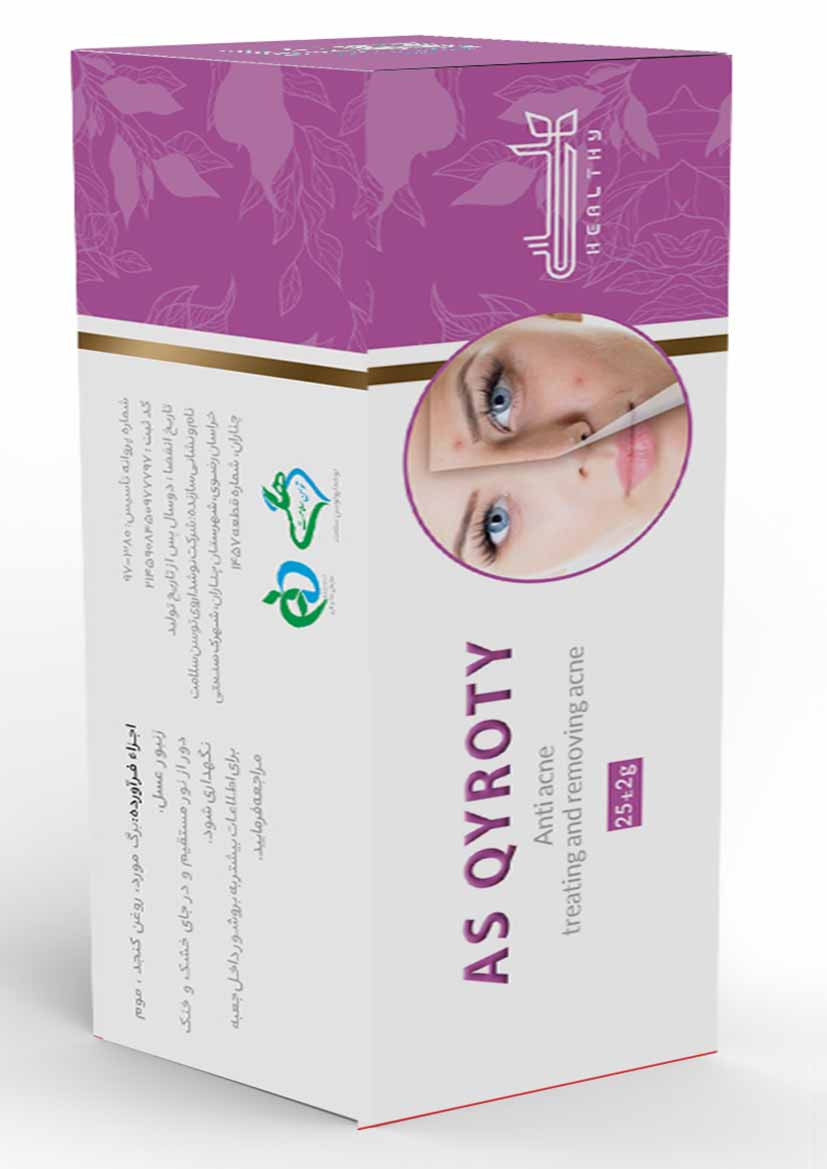
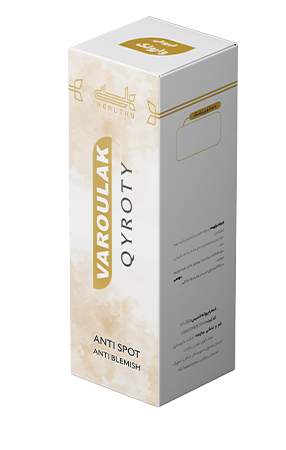
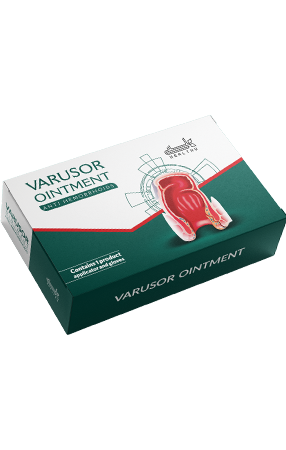
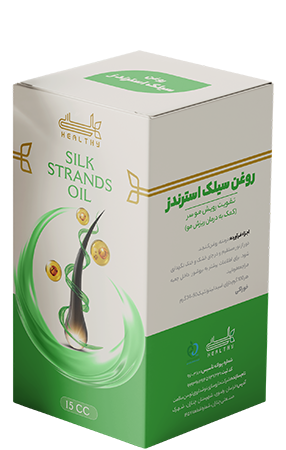
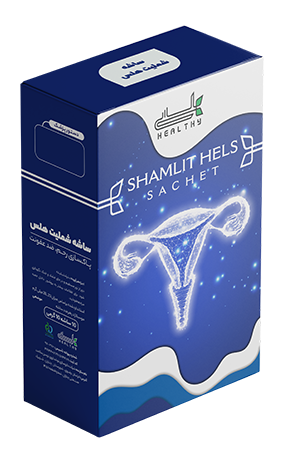
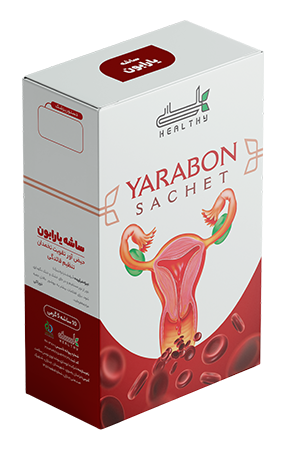

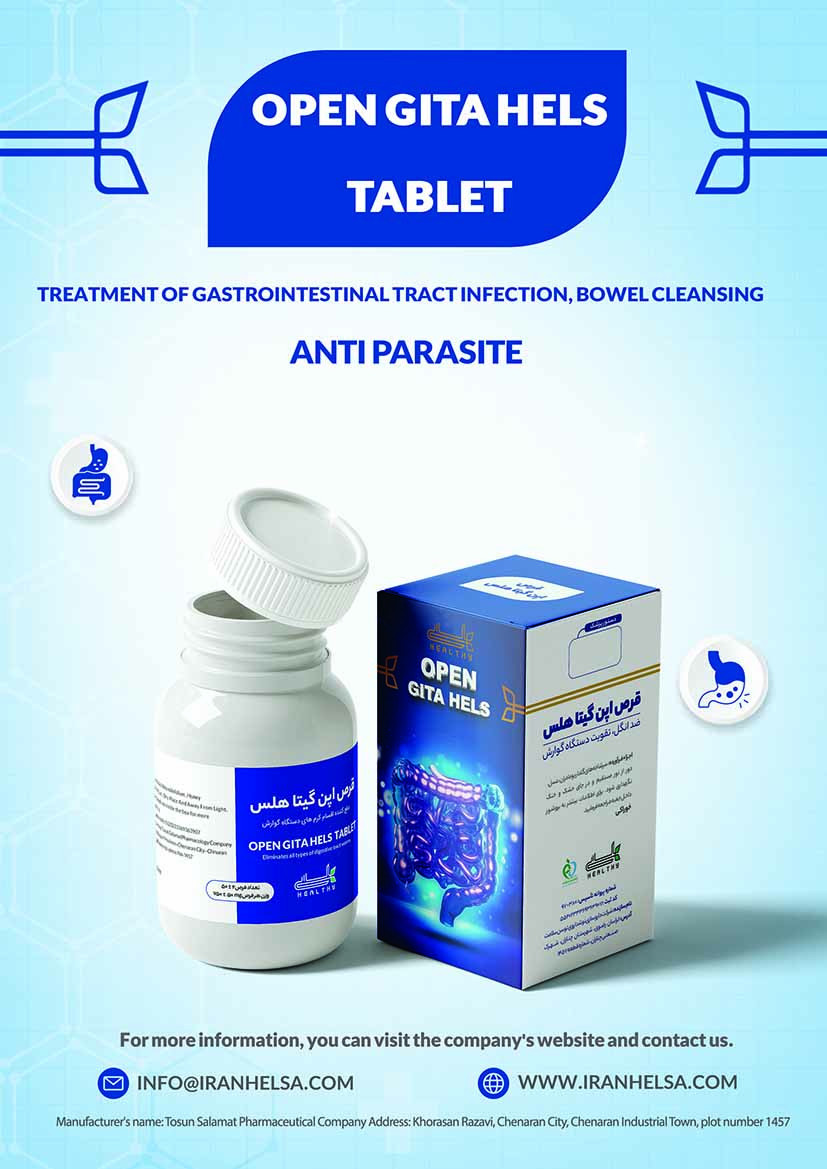
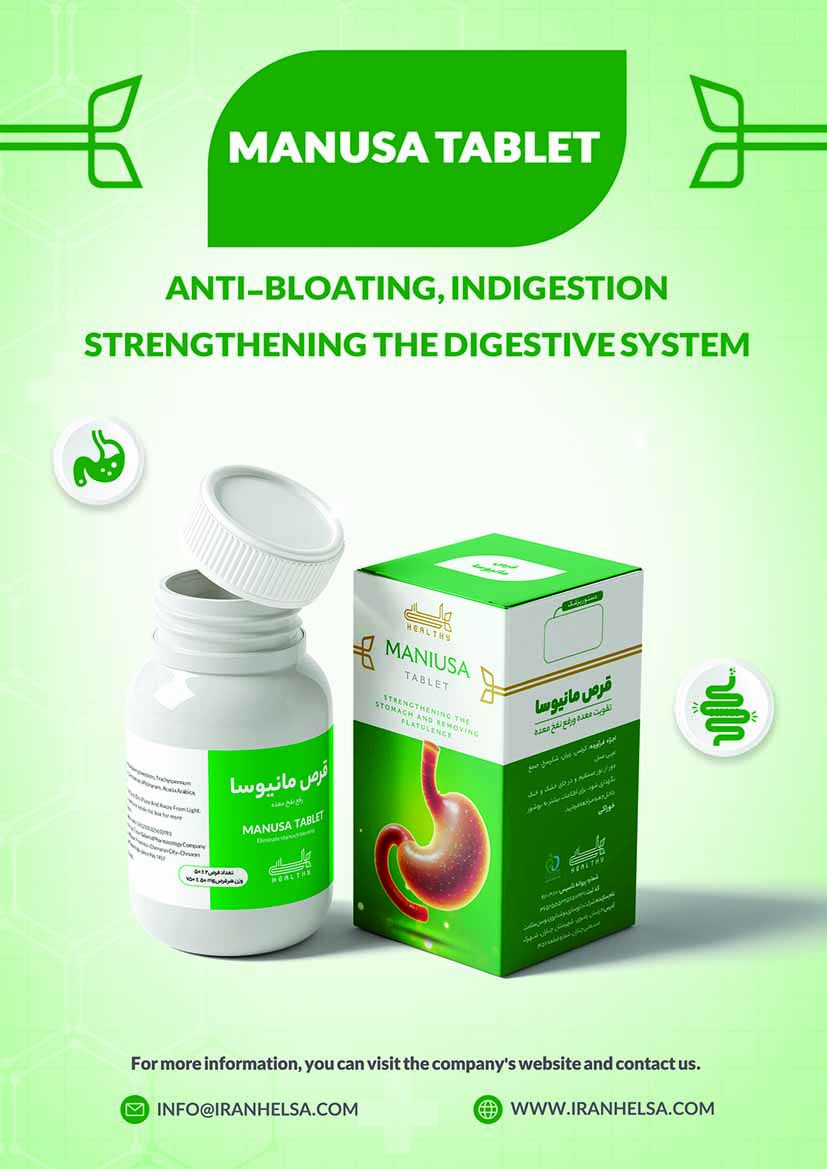
User comments